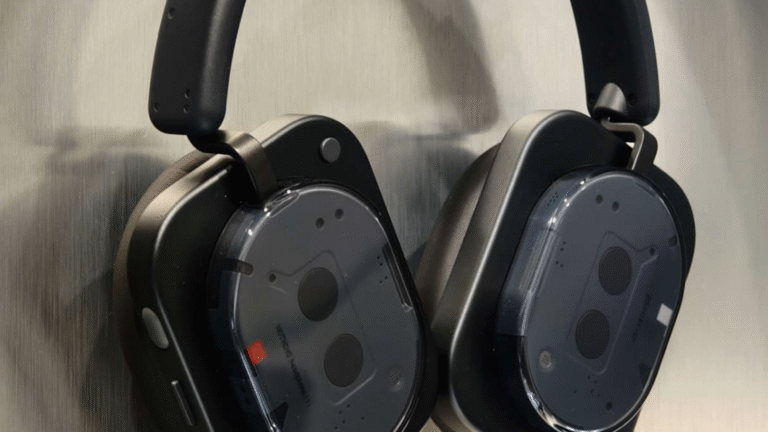Apple’s latest iOS 26 has not only drawn attention but has sparked a wave of reactions across the tech industry, with competitors stepping up their responses in unexpected ways. The announcement of the “Liquid Glass” design triggered a wave of responses, notably from Samsung and Microsoft. Now, Google has joined the conversation with a light-hearted ad that playfully challenges Apple’s latest software update. The ad features an exchange between the Google Pixel 9 Pro and the iPhone 16 Pro, where Pixel questions the originality of some iOS 26 features by pointing out that these functionalities have existed on Pixel phones for years.

Google’s Playful Take on iOS 26 Features
In the ad, the iPhone persona excitedly lists features such as live translation for text messages, Hold Assist, and call screening. The Pixel responds by noting it introduced live translation four years ago, Hold Assist five years ago, and call screening seven years ago. This back-and-forth forms part of Google’s ongoing “#BestPhonesForever” campaign, which highlights how several features in iOS 26 seem to have drawn inspiration from features long present on Google Pixel devices.
Also read: Apple unveils iOS 26, not iOS 19: 5 things you should know
This campaign video marks yet another entry in Google’s ongoing series, where the Pixel and iPhone characters engage in humorous dialogues about smartphone capabilities. The latest clip draws attention to how several of the highlighted iOS 26 updates resemble tools that Android users have already been using through Pixel devices.
The video ends with the iPhone curiously asking what the Pixel is currently working on for the upcoming Pixel 10, which hints that Apple may once again look in Pixel’s direction for ideas. The underlying message is clear: many of the features celebrated as new in iOS 26 have already been part of Android’s ecosystem.
Also read: Apple WWDC: Tech giant announces new ‘Liquid Glass’ software design, iOS 26 | Key announcements
Samsung Joins the Banter
While Google’s approach was light in tone, Samsung also weighed in earlier with its own response. It shared a post on X that hinted at the new glass-like interface, which suggested it was familiar with Samsung’s earlier One UI design. By referencing features like customizable apps, floating bars, and the sleek glass effect, Samsung indirectly reminded users that its One UI already offered similar elements.
Also read: Samsung Galaxy S25 review: Flagship features in a handful package
Samsung also addressed Apple’s announcement of live translation features in Messages, FaceTime, and Phone apps. The post noted that real-time text and speech translation was introduced with the Galaxy S24 series in 2024.
In short, this banter from Google and Samsung reflects a broader trend in the tech world where companies observe and adopt features from each other. While the marketing tactics may be humorous or competitive, the underlying dynamic contributes to the improvement of smartphone experiences across platforms. As brands aim to outdo one another, the real winners are often the consumers, who benefit from a cycle of evolving functionality.




















